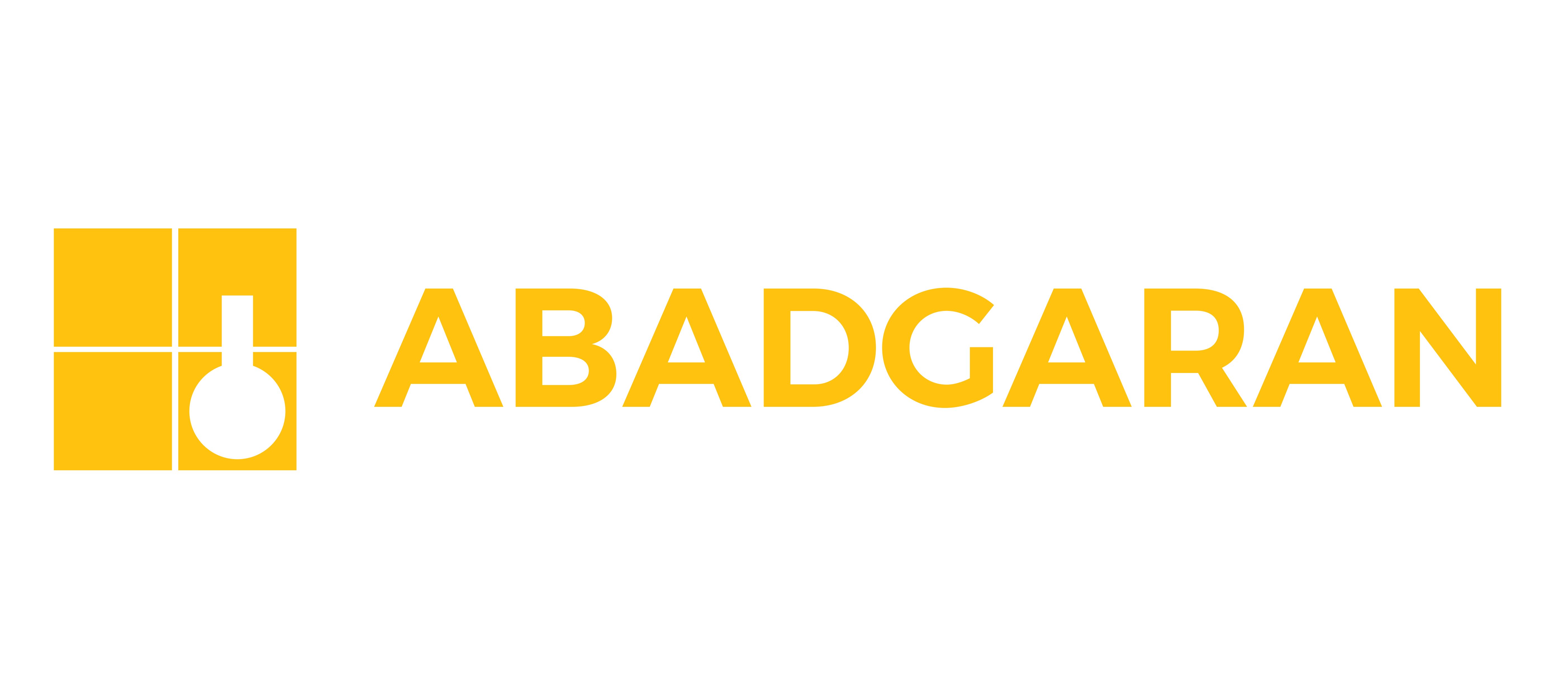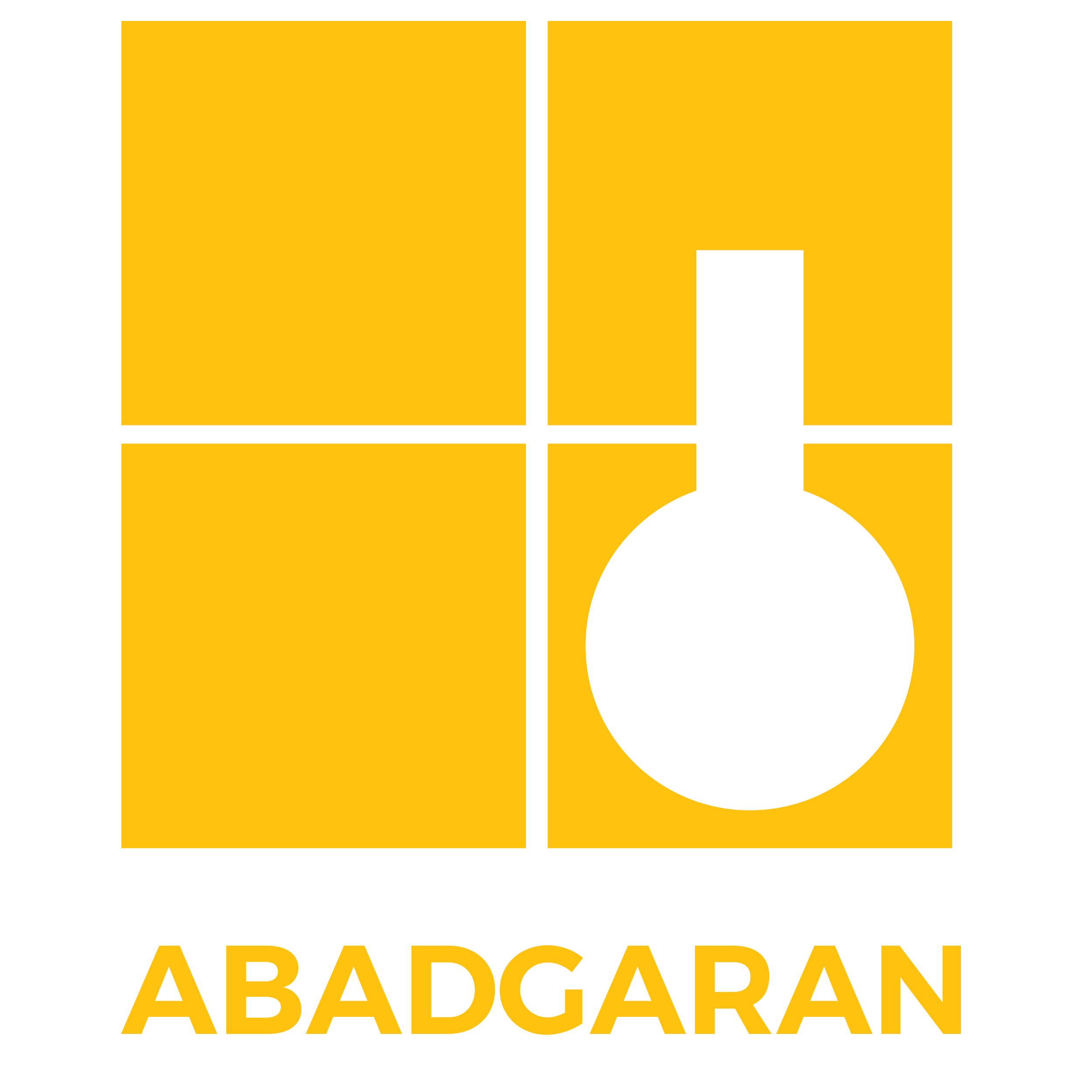
Please wait, loading...

Please wait, loading...

![]()

Introduction
FRP systems have been used for strengthening and repairing since the mid-1990s. They are applied to beams, columns, and slabs of buildings and bridges to enhance their strength and extend their service life, even after severe damage due to overloading, environmental effects such as earthquakes or impact. This method has been widely accepted and proven to be effective in improving the capacity of reinforced concrete elements.
Definition of Structural Strengthening
Strengthening structures to increase their service life and ensure their safety against additional loads and environmental conditions has always been one of the most important topics in civil engineering. The use of Fiber Reinforced Polymers (FRP) as an innovative method in structural strengthening has gained significant attention due to its unique features, such as high corrosion resistance and light weight.
What is FRP?
FRP stands for Fiber Reinforced Polymers or Plastics and is a composite material primarily made of a polymer matrix reinforced with fibers. The fibers are usually glass (in fiberglass or GFRP), carbon (in CFRP), aramid, or basalt, and the polymer is typically a thermosetting epoxy, vinyl ester, or polyester. The role of the fibers is to improve the mechanical strength and tensile capacity of the plastic composite.


For structural applications, carbon and glass fibers are most commonly used in plastic composites because of their excellent tensile and elastic properties. Rolls of fabric made from carbon or glass fibers are saturated on one side with a special epoxy resin and then bonded to the external surface of concrete. This material cures quickly and can reach twice the strength of steel within 24 hours. FRP composites can also be prefabricated in manufacturing plants, where the materials are shaped into bars, rods, or plates for strengthening applications. FRP sheets or layers are typically only a few millimeters thick and come in different shapes and sizes according to project specifications. After application, FRP can be painted or covered with plaster.
Due to its outstanding mechanical properties and high corrosion resistance, FRP is recognized as one of the most effective methods for strengthening existing structures.
According to standard ACI 440R-07, which provides a comprehensive guide for using FRP in concrete structure reinforcement, the use of FRP has become a popular method due to its many advantages.

Applications of FRP
Advantages of FRP
Compared to conventional repair and strengthening systems, FRP offers the following advantages:
Abadgaran Chemical Building Industries Company
Considering all factors such as installation cost, time allocated to project completion, time required to reach the desired design load, available workspace, and maintenance costs, Abadgaran has added the following FRP products to its portfolio due to their durability and cost-effectiveness compared to traditional methods.
ABABOND FRP-C5 Composite Adhesive
A two-component, solvent-free adhesive based on epoxy resin and modified polyamine hardener, designed for bonding various strengthening fibers to concrete substrates. Due to its specially formulated resin and hardener, it has suitable rheology and working time for use in cold climates within a temperature range of 5–25°C. This product has excellent mechanical and chemical resistance and very high adhesion. Its unique design allows application on both dry and moist surfaces. Thanks to its special rheology, fibers are fully saturated and adhere to surfaces without slippage.
Advantages:
ABABOND FRP-H25 Composite Adhesive
A two-component, solvent-free adhesive based on epoxy resin and modified polyamine hardener, designed for bonding various strengthening fibers to concrete substrates. This product is specially formulated for hot climates with a temperature range of 45–55°C. It offers excellent mechanical and chemical resistance and strong adhesion. Like FRP-C5, it is applicable on both dry and moist surfaces and ensures full fiber saturation and no slippage during application.
ABAWRAP C245 & ABAWRAP C305 Carbon Fibers
These are unidirectional carbon fiber fabrics designed for structural strengthening applications. To bond the carbon fibers to the target elements, an epoxy adhesive with strong bonding capability must be used. It is recommended to use Abadgaran’s composite adhesives for installing carbon fibers.